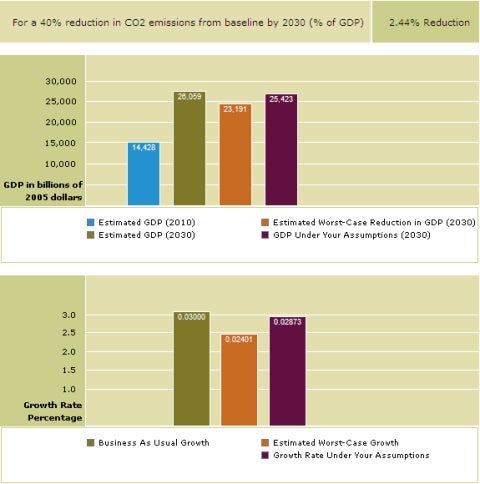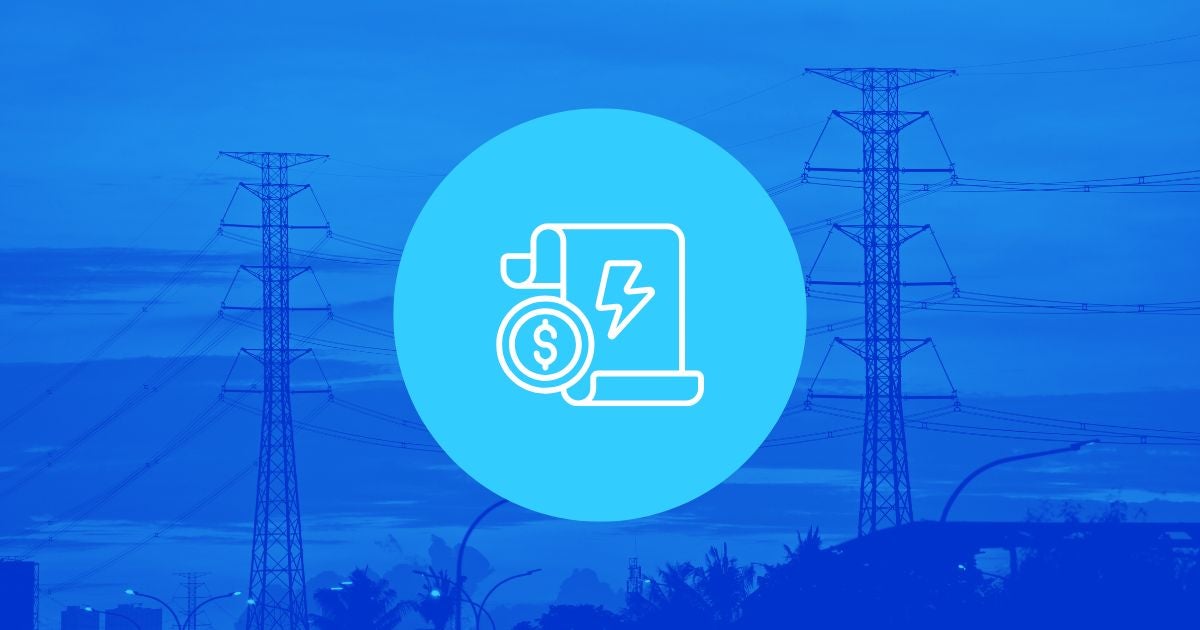Do-It-Yourself Policy Simulation
 This post is by Sheryl Canter, an Online Writer and Editorial Manager at Environmental Defense Fund.
This post is by Sheryl Canter, an Online Writer and Editorial Manager at Environmental Defense Fund.
There’s no longer any serious disagreement about our need to reduce greenhouse gas emissions to stop global warming. The debate now is about the best way to go about it. Opponents claim that the cost of adopting a cap-and-trade system would be ruinous to the U.S. economy. Leading economists who have studied the issue say that’s wrong.
Now you can decide for yourself. Yale economics professor Robert Repetto synthesized the results of thousands of policy simulations from 25 economic models to identify the seven key assumptions that account for most of the differences in the models’ predictions. He then used this information to create a new Web site that allows you to choose your own assumptions.

It’s very easy to use. Just read the description of each assumption, and rate the likelihood that the statement is true. Then choose the percentage reduction in emissions below business-as-usual by 2030 (20 or 40 percent).
The results, presented in an easy-to-understand bar graph, show the Gross Domestic Project (GDP) and Growth Rate Percentage under your scenario compared to business-as-usual and the estimated worst case. These are the economic impacts all the leading economic models would predict if carbon emissions are reduced by the percent you chose over the next two decades.
Even under the most unfavorable cost assumptions, the models predict the U.S. economy will to continue growing robustly as carbon emissions are reduced. Under the most favorable assumptions, the economy would grow more rapidly if emissions are reduced than if they continue to increase. The scenario I tried (see chart above) shows basically no change – an almost imperceptible decrease.
Give it a try! What assumptions did you make?












